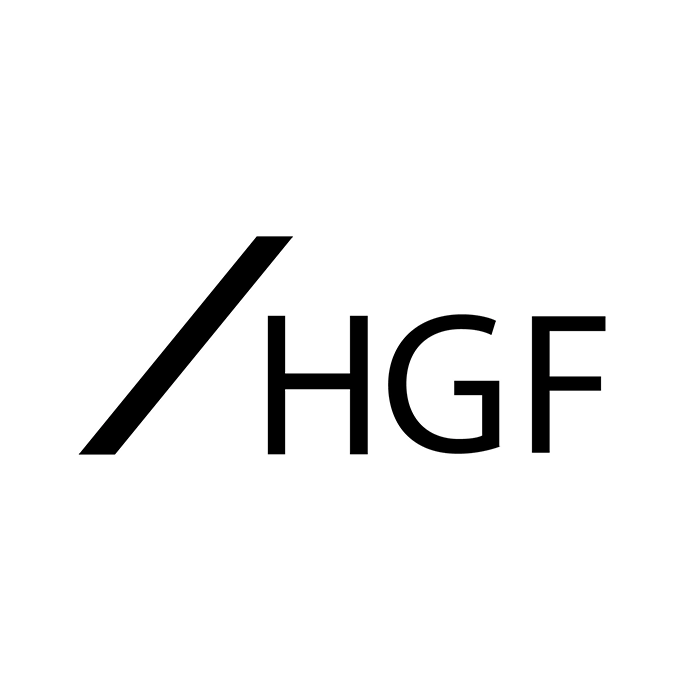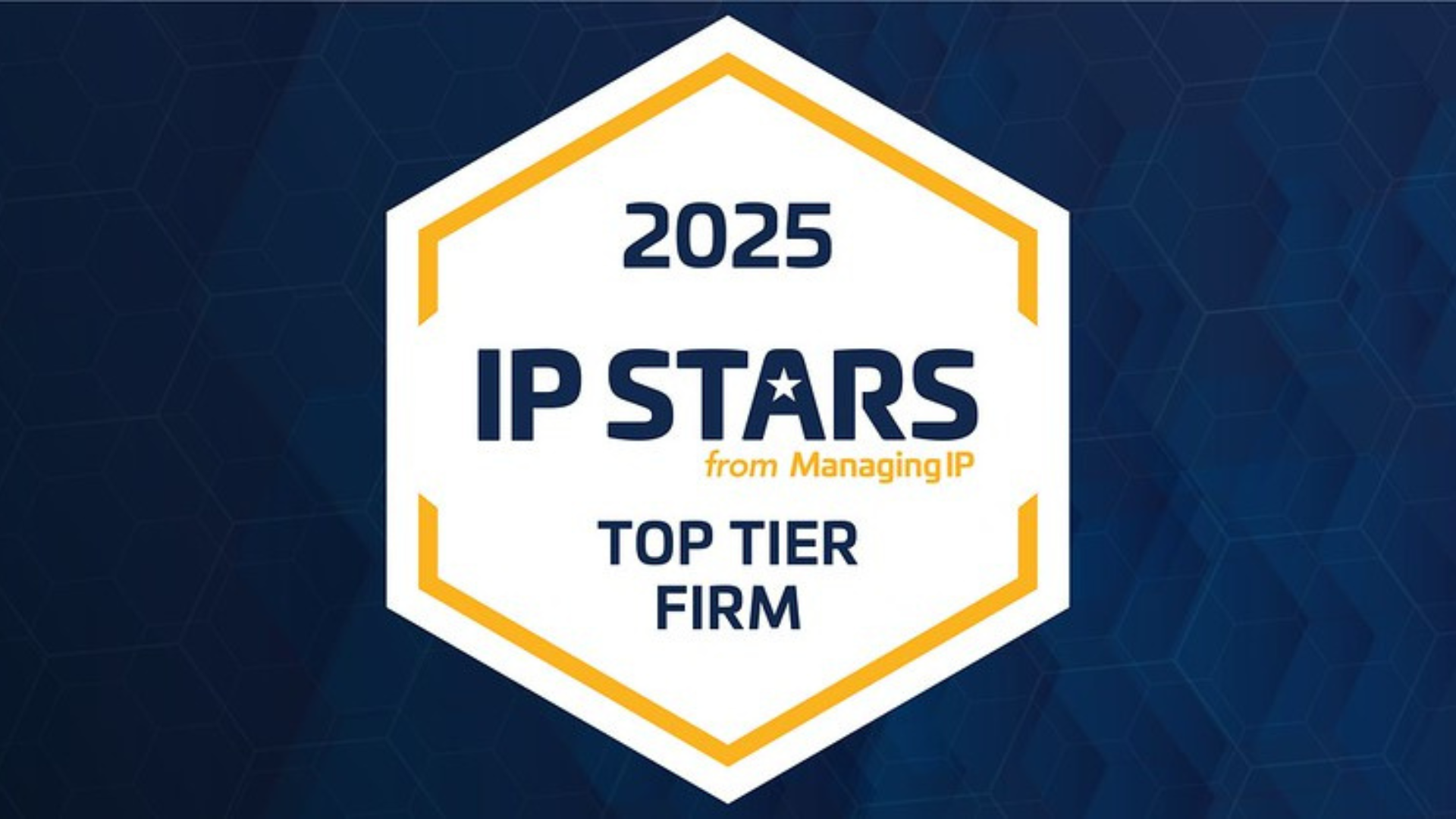News
A look at the WIPO coronavirus tools
June 2020
On the 23rd April, WIPO announced it was launching a specific search platform to aid researchers in searching for inventions that could be helpful in the current Covid-19 pandemic.
The search platform is part of WIPO’s established ‘PATENTSCOPE’ online search database that allows users to look for published worldwide (PCT) applications. However, the ‘Covid-19 index’ is different from the typical open search facility provided by PATENTSCOPE. The Covid-19 index has been curated by patent searchers who have identified all technological areas relevant to the detection, prevention and treatment of COVID-19 and provided lists of patent applications falling within these categories.
The purpose of the facility is to help document the knowledge captured in patent applications that could be helpful in fighting the ongoing pandemic, in an easy to use format so that it can be searched and accessed by anyone. In particular, researchers working to develop inventions such as vaccines, antiviral therapies, ventilators, masks, disinfectants, sanitizers etc. can easily find patent applications related to a technology of interest.
The curated search categories include: Artificial Respiration, Diagnostics, Disinfection, Informatics, Medical Equipment, Medical Facilities and Transport, Medical Treatment, Medical Treatment/Prophylactic, Medical Treatment/Therapeutic and Personal Protective Equipment. Within each category, a list of suggested International Patent Classifications and sub-classifications are provided together with their titles, and underneath that, a list of possible keywords that could be used in combination with the classes allowing the lay-person to use the PATENTSCOPE search tool more easily.
Perhaps unsurprisingly, the categories of ‘Diagnostics’ and ‘Medical Treatment/Therapeutic’ have the largest number of patent classes and sub-classes listed, whereas ‘Artificial Respiration’ has only two relevant sub-classes listed. Taking a look at the numbers of published patent applications, in the two sub-classes listed under ‘Artificial Respiration’ there are a total of 6989 patent applications, whereas in the first class alone under ‘Diagnostics’ there are around 108,000 patent applications*. A similar number of applications can be found in the first sub-class of the ‘Medical Treatment/Therapeutic’ category which has 107,000 patent applications*. The numbers of patent applications added into the system are increasing each week as more PCT documents are published. Clearly these are huge volumes of documents that would be difficult to read through, some of which will relate to outdated technologies.
Use of the keywords allows these huge volumes of potentially relevant patent applications to be reduced down to more manageable levels. Within the first class under ‘Diagnostics’, if ‘+keywords’ is selected instead of ‘query’, only about 50 documents are provided. The keywords collated by the patent searchers are all related to coronavirus in various forms, and include terms such as coronaviridae, betacoronavirus, sarbecovirus, severe acute respiratory syndrome, sars, 2019 ncov, and covid. This string of keywords is visible in the search box at all times and can be modified to suit any searcher purpose. For example, reducing the keywords to sars OR 2019 ncov OR covid gives only 37 hits; a much more manageable number for research.
This search facility is a very useful tool for background research into innovations that have already been developed for other purposes, and which could be applied in tackling Covid-19. However, it does not include any unpublished patent applications. Therefore any knowledge that has recently been filed in a patent application will not be shown here. Such recently filed patent applications will only appear 18 months from their first date of filing. This means that the earliest filed applications specifically addressing Covid-19 will only be available from around mid-2021. This explains why the applications classified as most relevant in the Medical Treatment, Medical Treatment/Prophylactic, and Medical Treatment/Therapeutic categories tend to refer to ‘Severe acute respiratory syndrome’ or SARS, primarily looking back to the epidemic of 2002.
Applicants can request early publication of PCT applications, allowing them to be published shortly after filing, which would enable this knowledge to be available sooner. This could be an attractive option for those applicants wanting to establish their position in the race to find an effective treatment for Covid-19, and perhaps to raise their public profile. Such a strategy is usually used defensively to warn competitors that a company is conducting research in a specific area and intends to protect their inventions, and to establish prior art against third parties. However, in the current situation, it could be used as a way to add to the general knowledge of the scientific community by fully disclosing the content of a recently filed patent application. Early publications should show up in the WIPO search tool along with applications proceeding under normal timelines.
Even more recently WIPO have announced the introduction of a separate search tool to help keep track of legal developments in each member state in response to COVID-19. The IP Policy Tracker launched on the 5th May provides an easy to read table of the various law changes listed by country. Whereas the search tool is aimed at researchers, this tool is aimed more at the legal profession, especially patent attorneys. For example, the entry for Europe informs the user that the European Patent Office is open and working virtually, but that deadline extensions are in place.
In addition, the policy tracker also provides tabs for each country relating to the regulatory and legislative measures that have been put in place, as well as the voluntary actions that have been taken by various institutions. Under the regulatory and legislative measures, the user can filter the list by compulsory licence provisions or new legislative provisions (see our earlier article on compulsory licences in the pandemic here). Interestingly, under voluntary actions, the list includes actions taken by academia, corporations, NGOs or GOs. The examples range widely from Amazon, which has announced that it will collaborate with the World Health Organization to supply advanced cloud technologies and technical expertise to track the COVID-19 virus, to OxyGEN, a small collaborative hardware project that has released an open source, low-cost and low-tech respirator for community or mass production.
Not much has been reported about the use of the WIPO coronavirus tools, despite them both being useful resources. The search tool helps researchers access the knowledge stored in patent applications that can sometimes be difficult to navigate and overlooked in favour of journal publications, while the policy tool helps lawyers navigate the various worldwide changes to IP legislation which differ in every jurisdiction.
* Figures correct at the time of writing
This article was prepared by HGF Senior Patent Attorney Ellie Purnell. If you would like further advice on this or any other matter, please contact Ellie. Alternatively, you can contact your usual HGF representative or visit our Contact page to get in touch with your nearest HGF office.






























